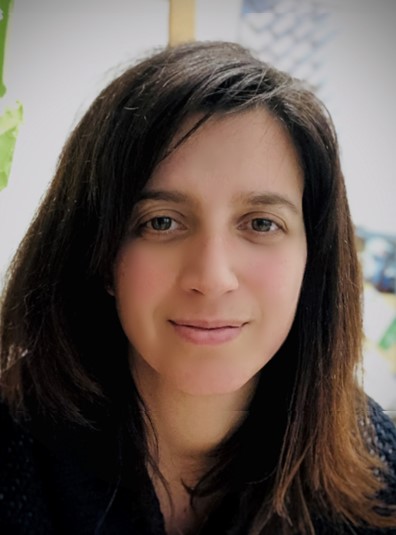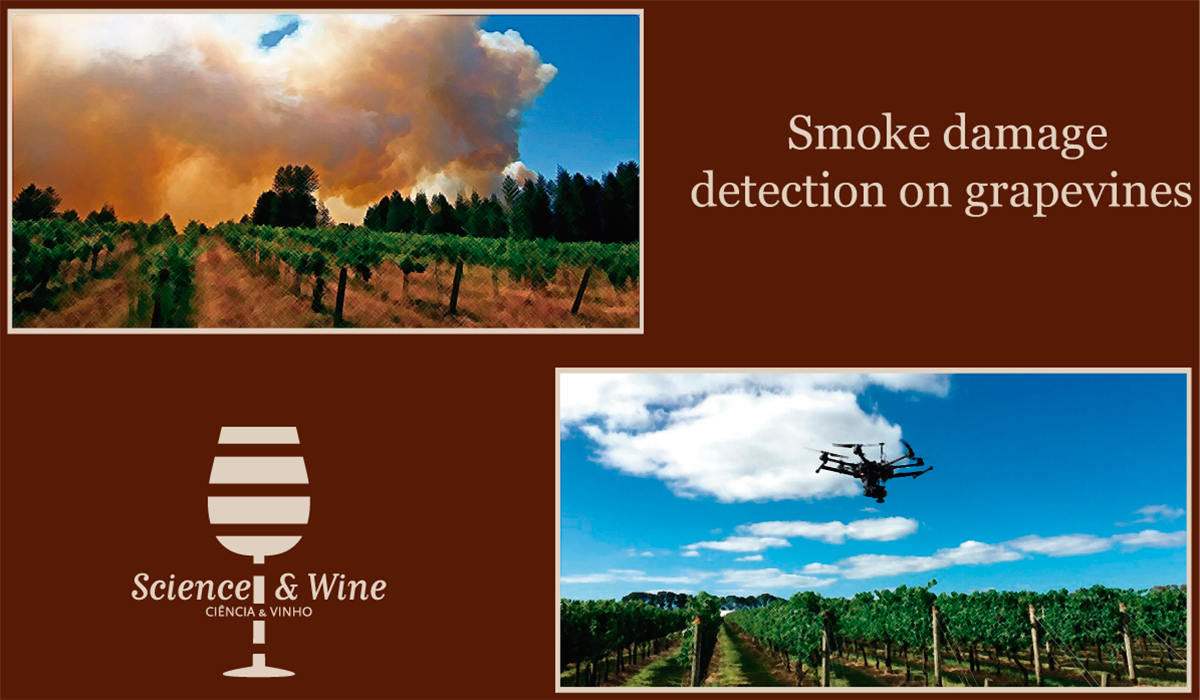Elena Brunori, Mauro Maesano, Federico Valerio Moresi, Adriano Antolini, Andrea Bellincontro, Roberto Forniti, Rita Biasi, Fabio Mencarelli.
Wine sector is strongly impacted by frequent weather-driven natural hazards, such as droughts, heat waves, and wildfires. All of which are expected to increase in frequency and severity under climate change. In the last decades, an increase on wildfire prevalence and severity resulted in longer fire seasons and larger geographic area burned worldwide.
In Mediterranean basin, large socio-economic changes have driven to rural areas depopulation, abandonment of agricultural activity caused expansion of woodland to replace some of the more labour demanding agricultural crops and increasing the risk of wildfire.
Wildfires close to vineyards may therefore endanger productions, landscapes, vineyard-related ecosystem services.
Wildfire smoke contains numerous hazardous air pollutants such as carbon monoxide, nitrogen dioxide, ozone, particulate matter, and volatile phenols. The latter may be absorbed into ripening grapes and subsequently impact wine flavour. As the smoke taint volatile phenols are translocated mainly through vine vascular tissue, the study of the physiological behaviour of canopy, mainly gas exchanges, is important. Limited information is available for the effect of smoke on leaf gas exchanges, leaf biochemical constituent (chlorophyll and other pigments) and related physiological aspects.
In the study of Brunori et al. (2020) a UAV-based platform equipped by RGB sensor was used to assess leaf physiological traits after smoke-exposure, measure canopy functionality, and quantify vineyard damage at vine detail.
During the season 2018, two smoke exposures were performed on vines at the time of the 3rd stage of berry growth – softening of berries – one of the most sensitive stage to smoke. Smoke treatments were performed in a special plastic tent. Smoke was generated in a large stainless-steel drum by burning native shrub and branches of trees, including olive tree, oak, blackberry bush, dry straw and cane, leaf litter, and smoke was pushed into the tent. First smoke exposure lasted 60 min. The second smoke exposure was done 1 week later for 30 minutes.
Proximal sensing measurements has been done before and immediately after each treatment using a leafclip meter instrument performing non-destructive measurements and able to measure the same leaf multiple times. The parameters selected to study real-time physiology of gas exchanges were leaf stomatal conductance and transpiration rate, leaf temperature. In addition, it was monitoring also epidermal chlorophyll) and flavonols content and the nitrogen balance index (NBI) of leaf.
The survey campaigns were conducted by using an off-the-shelf “DJI Phantom 3 professional”, a rotary-wing UAV chosen for its long endurance flight time, camera resolution, transport easiness, easiness to fly, and therefore for its high performance. The drone was equipped with an RGB high-definition camera that records in the visible red, green and blue wavelengths. The UAV surveys were carried out under clear sky conditions and around the solar zenith (between 12:00 and 14:00) to avoid shadow effects due to low sun zenith angles. The Trimble eCognition® developer v9.1 software (Trimble GeoSpatial, Munich, Germany) was utilized to extract the vine canopy in segmentation and classification step. The vegetation classes of the vine and the non-vegetation ones were distinguished and the canopy health status after smoke exposure was estimate using a new index named CAHI (Canopy Area Health Index), was proposed. This index takes into consideration the area of living leaves according to nadiral RGB images of the canopy. The CAHI is a dimensionless index that characterizes vine canopy, and whose value ranges between +1 and -1 (+1: 100% healthy canopy with green foliage; -1: 100% damaged canopy with dead foliage). CAHI index was calculated as in equation 1:

ALL is the area of alive leaves; ADL is the area of dead leaves and CTA represents the canopy’s total area. have been calculated from UAV-based RGB images.
Taken together findings showed a rapid plant response – immediately after a long lasting (60 min) 1st smoke exposure – was the leaf stomata closure, with a significant reduction of conductance and transpiration rate. After 24h from the 1st smoke exposure, gas exchanges recovered to pre-smoke levels. A 2nd smoke exposure irreversibly damaged the leaves, because all physiological and biochemical parameters exhibited persisting altered values. We hypothesize that the absorbed light in the leaf, after the 2nd smoke exposure, could not be dissipated as heat in the antenna pigment complexes of PSII, which protects thylakoid membrane from photo-oxidation by quenching O2, as a smoke effect. Our findings underline that repeated exposure to smoke treatment did not result in a leaf acclimation at gas exchange (gs and E) level but in a cumulative stress, inducing leaf death. The estimation of the vines’ health status – as percentage of damaged leaves- was assessed by means of a new index named Canopy Area Health Index (CAHI) (Figure 1). The derived map gives information to quantitative and qualitative data, as the percentage of damaged canopy, the damage gradient and the localization of compromised canopies in the vineyard. the site-specific assessment of canopy damage through UAV platform and RGB sensor could better address adaptation strategies, like leaf removal, anti-transpirant or kaolin treatments30 or micro-climate control irrigation, which would all allow winegrowers to improve the quality of grapes and wine production.

Very few research papers have been found covering grape smoke exposure effects and UAV application. The geolocation of vine status in the vineyard after smoke of bushfire exposure, represents a pivotal economic and decision support tool to assist winegrowers and reduce time and cost of recovering practices. Finally, UAV adoption may be used to integrate cost analysis to aid growers and/or insurance adjusters to address quantification of damage and compensation for crop loss, or to integrate machine learning model to map contaminated area of vineyards also including berry quality traits by smoke.
See all at:
Brunori, E., Maesano, M., Moresi, F.V., Antolini, A., Bellincontro, A., Forniti, R., Biasi, R. and Mencarelli, F. (2020), Using UAV‐based Remote Sensing to Assess Grapevine Canopy Damages Due to Fire Smoke. J Sci Food Agric. Accepted Author Manuscript. doi:10.1002/jsfa.10494

Elena Brunori
Biologist and Oenologists.
2013 PhD Horticulture – University of Tuscia.
2014-2020: Post-doctoral associate – University of Tuscia.
2018 –2020 Professor of Viticulture II – University of Tuscia – Department for Innovation in Biological, Agro-Food and Forestry Systems (DIBAF) – Viticulture and enology science and technology – Viticulture and Oenology Degree Program Profile.
http://unitus-public.gomp.it/Docenti/Render.aspx?UID=774d684b-5bfa-49cd-84eb-85ca87d35fa3&lingua=en

